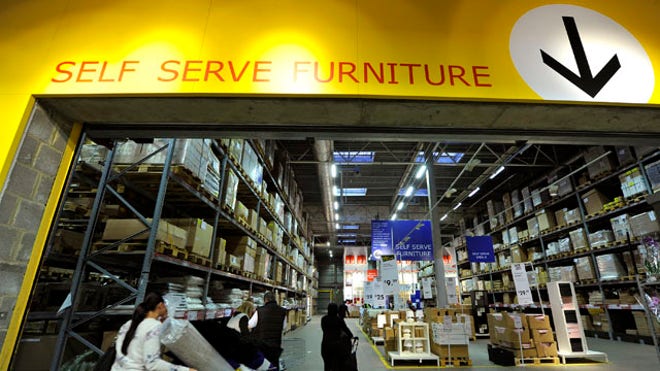
Today the controversial "six-strikes" anti-piracy system kicks off in the United States. Soon the first BitTorrent users will receive so-called copyright alerts from their Internet provider and after multiple warnings subscribers will be punished. But, what these punishments entail remains a bit of a mystery. None of the participating ISPs have officially announced how they will treat repeat infringers and the CCI doesn’t have this information either.
Today the MPAA and RIAA, helped by
five major Internet providers in the United States, will start to warn BitTorrent pirates.
The parties launched the
Center for Copyright Information (CCI) and agreed on a system through which copyright infringers are warned that their behavior is unacceptable. After five or six warnings ISPs may then take a variety of repressive measures.
The scheme was initially announced during the summer of 2011 and after a series of delays it goes live today.
“Over the course of the next several days our participating ISPs will begin rolling out the system,” CCI Executive Director Jill Lesser just announced.
“Practically speaking, this means our content partners will begin sending notices of alleged P2P copyright infringement to ISPs, and the ISPs will begin forwarding those notices in the form of Copyright Alerts to consumers,” she adds.
Strangely enough, none of the Internet providers has officially announced what mitigation measures they will take to punish repeated infringers. TorrentFreak asked CCI to fill us in, but the organization doesn’t have this information either.
“Unfortunately the ISPs have not yet provided us with the exact mitigation measures,” a CCI spokesperson told us.
From leaked information we previously learned that
AT&T will block users' access to some of the most frequently visited websites on the Internet, until they complete a copyright course. Verizon
will slow down the connection speeds of repeated pirates, and Time Warner Cable will
temporarily interrupt people's ability to browse the Internet.
The two remaining providers, Cablevison and Comcast, are expected to take similar measures. None of the ISPs will permanently disconnect repeat infringers as part of the plan.
Some skeptics have pointed out that the copyright alert system wont have much effect since there are many ways to beat the system. BitTorrent users, for example, can protect their privacy and prevent monitoring by using a VPN, proxy or seedbox.
Alternatively, some determined pirates may switch to other platforms that are not monitored, including Usenet, cyberlockers, streaming sites or offline swapping. Those who use private BitTorrent trackers may be safe for now, but monitoring company MarkMonitor was advised
to start eyeing these sites as well.
For CCI and their partners these workarounds are not a major problem. They have said from the start that the program aims to educate the public, in particular more casual file-sharers.
While the copyright alert system is much more reasonable than the equivalents in France and New Zealand, there is the worrying possibility that it will be used to gather evidence to start legal action against individuals.
As we
reported previously, Internet providers will have to inform copyright holders about which IP-addresses are repeatedly flagged. The MPAA and RIAA can then use this information to ask the court for a subpoena, so they can obtain the personal details of the account holder.
This possibility was also confirmed by
leaked documents from AT&T.
"After the fifth alert, the content owner may pursue legal action against the customer, and may seek a court order requiring AT&T to turn over personal information to assist the litigation," AT&T explained.
There's no concrete indication that repeated infringers will be taken to court, and if this happens it’s not part of the copyright alert system.
More on this, and the other missing details on the “six strikes” system, will become clear during the coming months.
Source: Information Liberation



 Today the controversial "six-strikes" anti-piracy system kicks off in the United States. Soon the first BitTorrent users will receive so-called copyright alerts from their Internet provider and after multiple warnings subscribers will be punished. But, what these punishments entail remains a bit of a mystery. None of the participating ISPs have officially announced how they will treat repeat infringers and the CCI doesn’t have this information either.
Today the controversial "six-strikes" anti-piracy system kicks off in the United States. Soon the first BitTorrent users will receive so-called copyright alerts from their Internet provider and after multiple warnings subscribers will be punished. But, what these punishments entail remains a bit of a mystery. None of the participating ISPs have officially announced how they will treat repeat infringers and the CCI doesn’t have this information either.